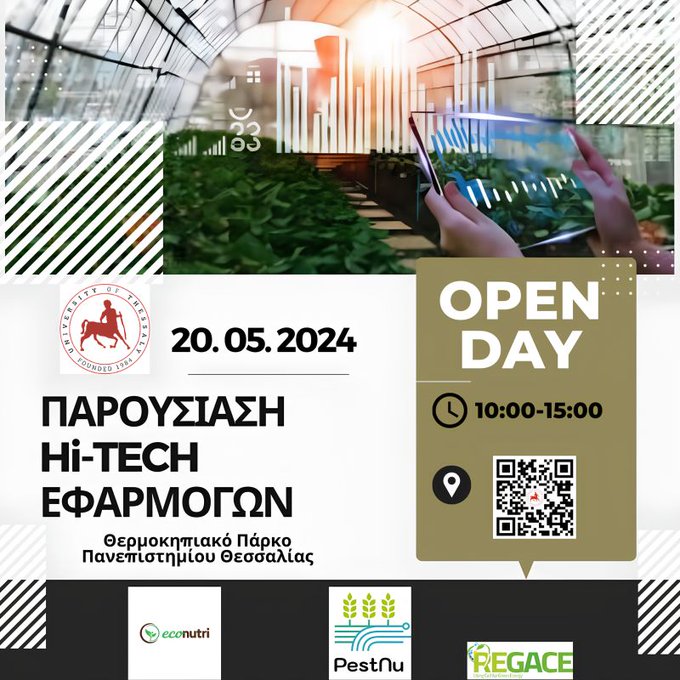As the world looks for smarter ways to produce clean energy, agrivoltaics is becoming a promising solution. This innovative approach combines agriculture with solar energy generation by installing photovoltaic (PV) panels on farmland.
But not all agrivoltaic systems are created equal. A new study by the EU-funded REGACE project, researchers offer an in-depth comparison between two types of systems:
- Systems installed in open farmland (fields and orchards)
- Systems integrated into greenhouses
The findings, published in Hebrew in Forest – Journal of Forestry, Woodlands and Environment, shed light on how these systems affect our environment, economy, and society.
The article, entitled “Estimation of sustainability aspects and impact on open spaces of agrovoltaic systems in fields and orchards compared to greenhouses” was published by Dr. Liron Amdur of the Open Landscape Institute (DESHE), The Steinhardt Museum of Natural History, Tel Aviv University and project Coordinator Dr. Ibrahim Yehia from the Al-Zahrawi Society. It analyzed data from local agrivoltaic projects as well as REGACE’s international greenhouse installations.
Environmental Impacts
One of the most significant findings relates to the carbon footprint. Installing agrivoltaic systems in open farmland requires a large number of iron poles to support the panels. These structures consume about 103 kg of iron per kilowatt (kW) of installed power. The production of this amount of iron generates approximately 178 kg of CO₂ emissions. By contrast, greenhouse systems use only 48 kg of iron per kW installed power, cutting emissions nearly in half.
There’s also a visual impact. In fields and orchards, the dense placement of metal poles changes the open landscape. In greenhouses, the solar panels are part of the building itself, or hidden inside it, making them invisible from the outside.
Economic Considerations
From a financial perspective, greenhouses also come out ahead. The average cost to install a solar system in open farmland is around 1,200 euro per kW. In greenhouses, the average is 912 euro per kW – a savings of about 23 percent. That cost advantage could encourage more farmers and developers to choose greenhouses when planning renewable energy systems.
Social Aspects
On the ground, the difference in labor is also notable. Installing agrivoltaic systems in open farmland adds complexity to farming tasks, especially when operating machinery around the metal poles. In greenhouses, where most agricultural work is done manually, the integration of solar panels doesn’t add extra work. Labor costs for installing greenhouse systems were also 39% lower than for open-field installations.
This study supports a broader conclusion: integrating solar panels into greenhouses, the way REGACE does, may offer a more sustainable, cost-effective, and socially responsible approach to agrivoltaics. With energy needs rising and open space under pressure, this insight is especially valuable for policymakers, farmers, and developers.



